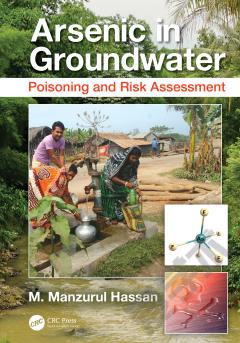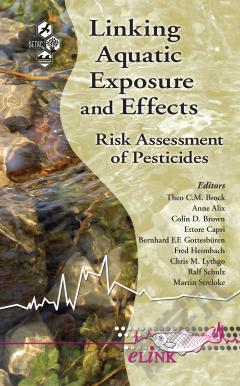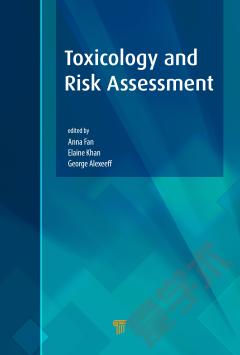Arsenic in Groundwater —— Poisoning and Risk Assessment
----- 地下水中的砷:中毒与风险评估
Arsenic-contaminated groundwater is considered one of the worldlargest environmental health crises, as more than 300 million people in more than one-third of countries worldwide are at risk of groundwater arsenic poisoning. This book addresses how arsenic in groundwater impacts human health by using the frameworks of natural sciences, social sciences, and health sciences in the context set by environmental and legal considerations. Arsenic in Groundwater: Poisoning and Risk Assessment examines the spatial, quantitative, and qualitative aspects on arsenic poisoning; for instance, using geographical information systems (GIS) to investigate the spatial discontinuity of arsenic-laced water in spatial and temporal dimensions to uncover patterns of variations over scales from meters to kilometers. Spatial risk mapping provides insight for academics, researchers, policy makers, and politicians on possible long-term strategies for arsenic mitigation. Qualitative methodological approaches uncover the hidden issues of arsenic poisoning on human health and the related social implications. The book also examines legal aspects, such as the right to safe drinking water, as well as an in-depth look at how community participation can shape public policy. Features: Describes arsenic poisoning from both the scientific and social science perspectives Includes technical insights drawn from GIS-based modeling for spatial arsenic discontinuity and spatial health risks of arsenic poisoning Provides a state-of-the-art review of the human health literature and cutting-edge scientific evidence for arsenic-related health and social implications
{{comment.content}}








 京公网安备 11010802027623号
京公网安备 11010802027623号